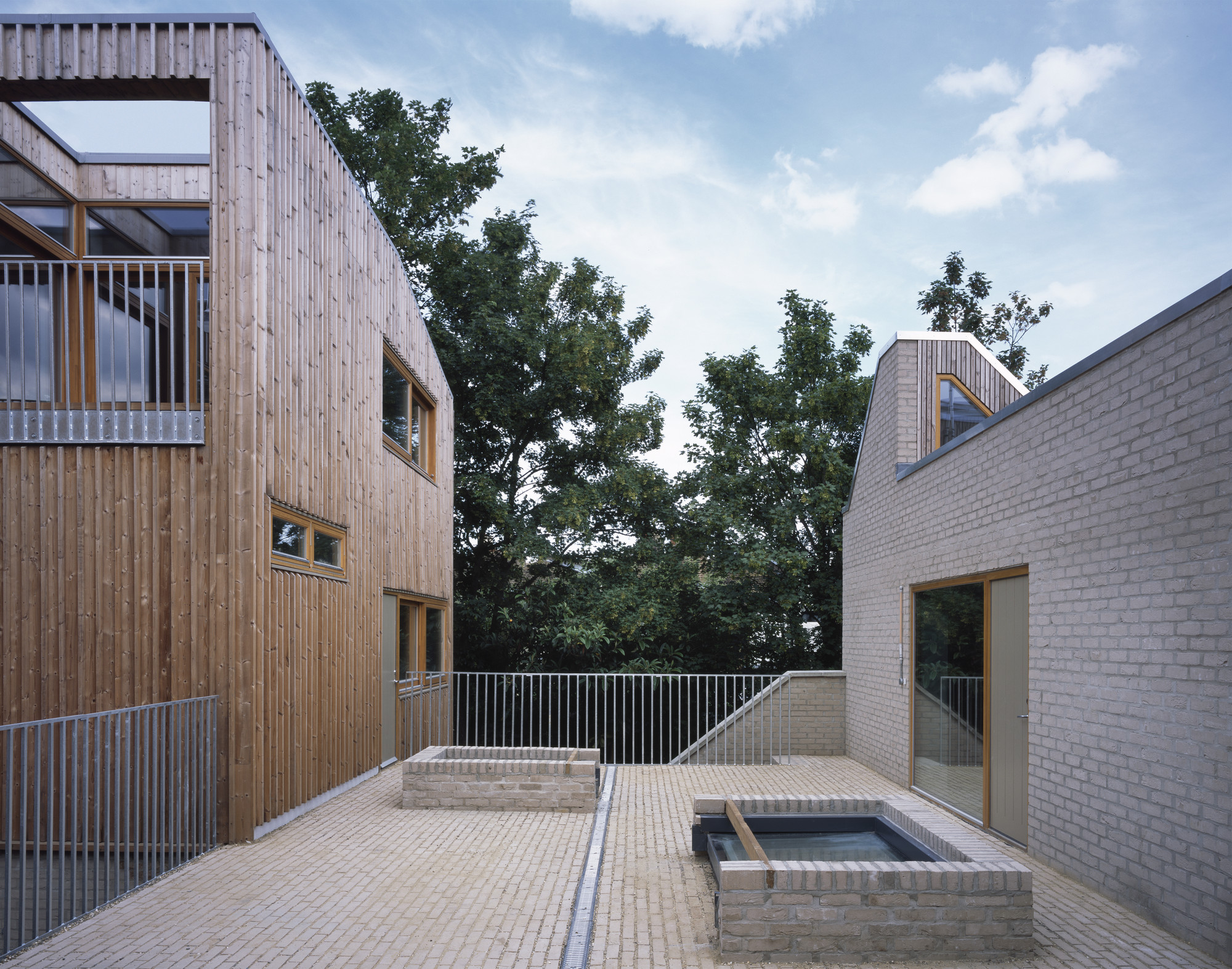
In the UK, urban issues are starting to see something of a renaissance, with problems such as the nation's housing shortage increasingly being subjected to scrutiny in ever more public arenas - in fact earlier this year housing overtook transport as the biggest concern among London voters. All of this means that 2015 will be "a golden opportunity to fix some of the worst city problems," according to the Guardian Cities, who have asked their architecture critic Oliver Wainwright to offer up a wishlist of positive changes that could benefit the nation's urban centres. From councils building more council housing to a tax on empty homes, Wainwright's four-point list offers straightforward policy advice that could truly transform the lives of British urbanites - and perhaps most promisingly, in three of these cases he explains how there are nascent movements already being made to bring his recommendations to fruition. You can read the full article here.












_Tim_Crocker5.jpg?1417758145)



_Tim_Crocker2.jpg?1417758137)












































